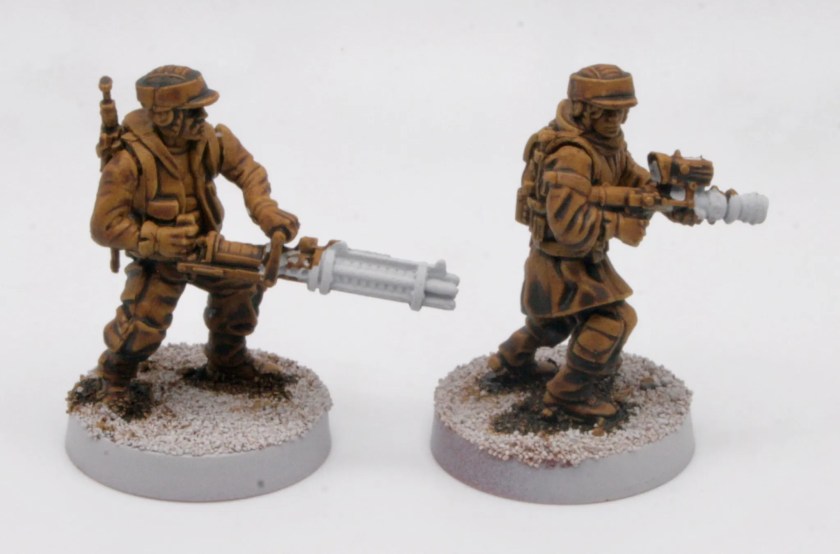One model I got many years ago, well in 2006, was a Forgeworld Razorback the one with the much bigger turret, which I much prefer over the plastic kit version that you could get in the shops back then.
I actually started this model back then, I recently retrieved it from storage and decided that I would try and finish painting it. I realised I had made quite significant progress.
I was using Tausept Ochre as the base coat, however having liked the paint scheme I was using on my Deimos-pattern Rhino, I decided that I would paint the Razorback in the same scheme.
Having sprayed the underneath of the model with Citadel Zandri Dust. I gave the model a basecoat of yellow.
Games Workshop don’t do a yellow spray and I don’t have an airbrush. I did use a paint comparison site to find a close alternative to Yriel Yellow. The Daemonic Yellow spray from Army Painter seemed like a good choice, and my local FLGS had one in stock, which I bought for the Deimos-pattern Rhino.
I gave the model a couple of light coats of Daemonic Yellow.
Next stage will be painting the weapons and the exhausts.






















